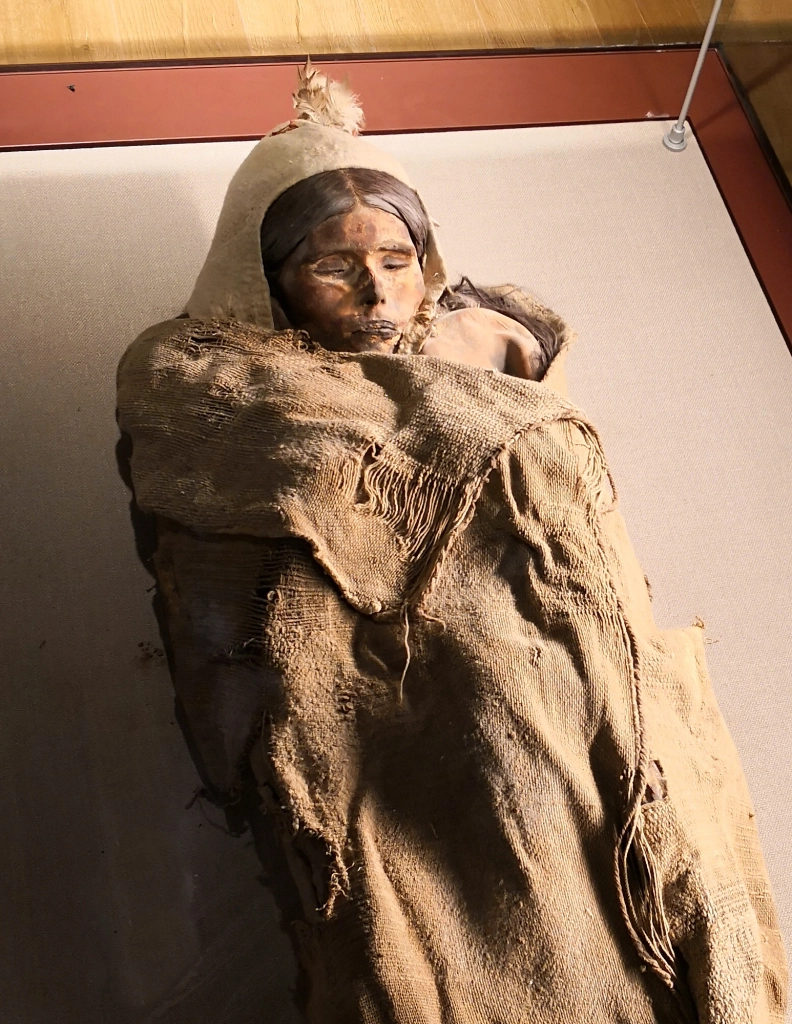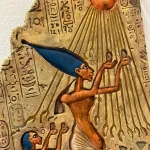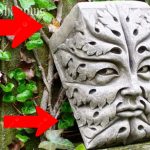Cracking the Code of the Loulan Beauty: The Ancient Mysteries of the Tarim Basin

The Loulan Beauty stands as a silent sentinel from the depths of antiquity, her preserved form offering a glimpse into a world long lost to the sands of time. Dating back approximately 4000 years to the Bronze Age, she emerges as a haunting enigma, a testament to the resilience and mystery of ancient civilizations. Discovered in 1980 near the Silk Road in the unforgiving expanse of the Taklamakan Desert, modern-day Xinjiang, China, by Chinese archaeologists Mu Sun-ing and members of the Archaeological Institute of the Xinjiang Academy of Social Sciences, she is one of the famed Tarim mummies, named after the region where they were unearthed—the Tarim Basin.

Believed to have lived between 1900 and 1800 B.C., the Loulan Beauty occupies a central place in the pantheon of ancient relics, her story intertwined with the fabric of history itself. Despite the passage of millennia, her remains, remarkably preserved by the arid desert climate, offer tantalizing clues about life in the distant past. Through meticulous examination and analysis, archaeologists have pieced together a portrait of a woman who lived and thrived in a harsh and unforgiving environment.

Estimates place the Loulan Beauty’s age at the time of her death between 40 and 48 years old—a testament to the challenges of survival in an era marked by hardship and adversity. However, her demise remains shrouded in mystery, with evidence suggesting that she may have succumbed to lung problems exacerbated by the inhalation of sand, dust, and charcoal—a common affliction among individuals living in desert regions.
Yet, the story of the Loulan Beauty extends far beyond the circumstances of her death, offering insights into the cultural, social, and environmental dynamics of ancient Xinjiang. As a denizen of the Tarim Basin, she would have inhabited a landscape characterized by extremes—where scorching desert sands met towering mountain peaks, and where the ebb and flow of trade along the Silk Road shaped the fortunes of nations and empires.

In many ways, the Loulan Beauty serves as a symbol of resilience and endurance, a testament to the indomitable human spirit in the face of adversity. Her legacy endures as a reminder of the rich tapestry of human history, weaving together threads of tradition, innovation, and exploration.
As we contemplate the mysteries of the Loulan Beauty, we are reminded of the boundless depths of the past and the endless possibilities for discovery that lie beneath the sands of time. Through her story, we are invited to embark on a journey of exploration and enlightenment, unraveling the secrets of ancient civilizations and forging connections across the vast expanse of human experience.









